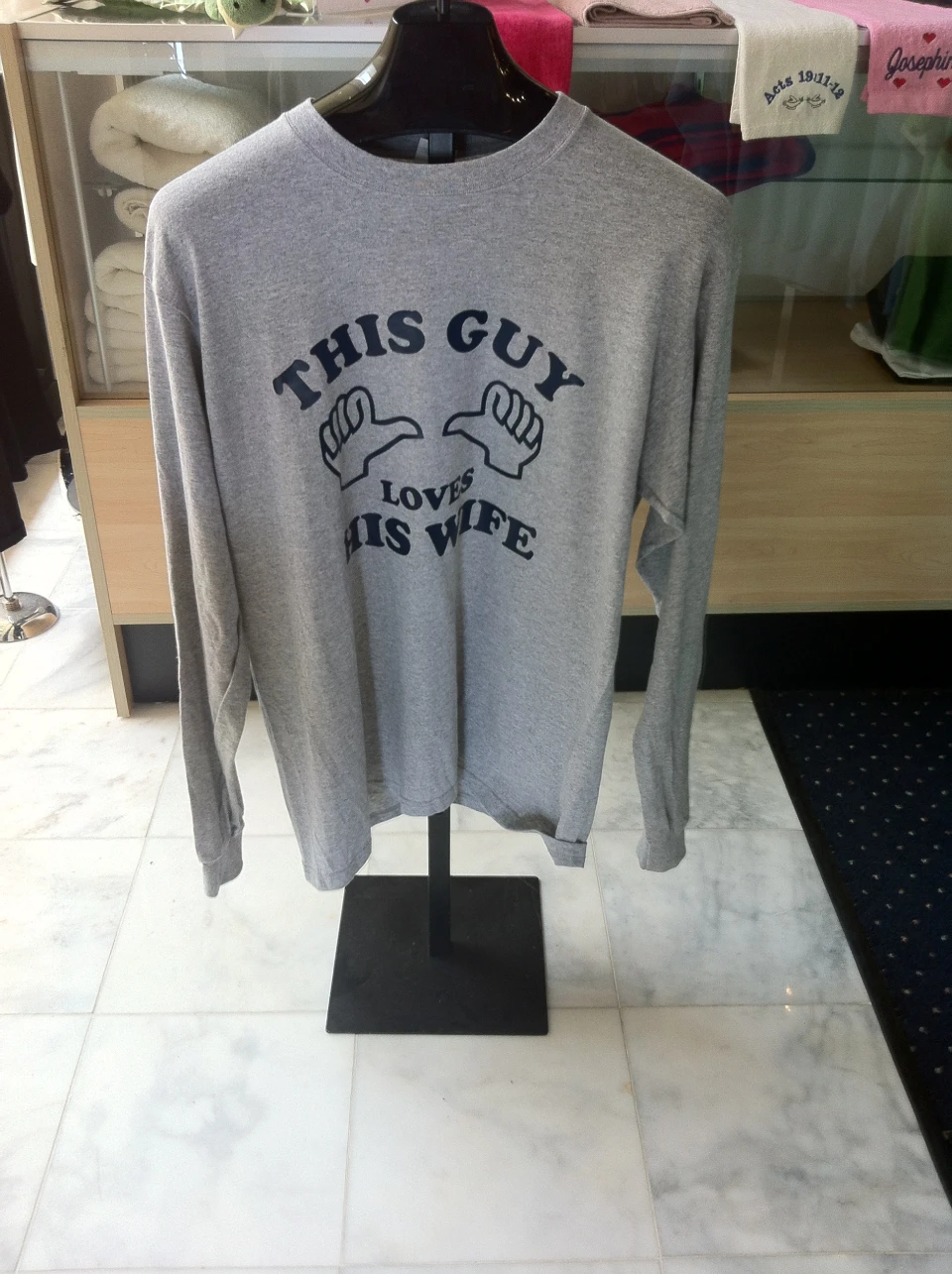Embroidered Sports Teams Names and Numbers - Expert and Long lasting
The Art of Customized Needlework: Opening the Keys to Creating Unique and Memorable Designs
Embroidery, a craft steeped in practice and virtuosity, holds within its detailed stitches the power to change fabric into a canvas of unique expression. The keys to developing personalized needlework layouts that mesmerize the eye and leave a lasting impact hinge on a fragile balance of technique, imagination, and focus to detail. As we look into the world of customized embroidery, we uncover the nuanced interaction between thread choice, sew intricacy, and design customization that raises a mere garment to a masterpiece. Join us on a trip via the art of customized needlework as we unravel the mysteries behind crafting truly memorable and distinct creations.
Picking the Right Embroidery Threads
When selecting embroidery threads, what essential elements should you consider to guarantee the best results for your custom layouts? The selection of needlework string is important in identifying the final outcome of your embroidered layout.
In addition, the weight or density of the thread plays a considerable role in the look of the needlework. Thicker threads can add measurement and texture to your layout, while finer threads are perfect for detailed information and tiny text. In addition, considering the shade fastness and washability of the string is important to guarantee that your custom layouts preserve their quality and vibrancy over time. By meticulously examining these elements and selecting high-quality strings that satisfy your specific demands, you can enhance the aesthetic charm and long life of your embroidered creations.
Discovering Different Stitch Strategies
To explore the world of 'Exploring Various Stitch Techniques', one need to realize the complexities and subtleties that each stitching technique offers the art of embroidery. Different stitch strategies not just add aesthetic passion but likewise add to the overall texture and dimension of the design. One prominent stitch strategy is the satin stitch, which involves closely jam-packed parallel stitches to develop a smooth and glossy surface, suitable for filling out forms and developing strong details.
On the other hand, the backstitch is a versatile method commonly made use of for outlining and adding fine details. It entails sewing in reverse to develop a strong line of embroidery. In addition, the French knot stitch includes a tactile element to layouts, ideal for creating textured accents like blossom facilities or attractive touches.
Discovering various stitch techniques permits embroiderers to play with light, shadow, and depth within their designs, elevating the aesthetic allure and imaginative top quality of their needlework projects. By mastering various stitching approaches, one can open countless opportunities for creating distinct and remarkable personalized needlework items.
Incorporating Personalized Layout Components
Having actually discovered the ins and outs of various stitch methods such as the satin stitch, backstitch, and French knot, the focus currently shifts towards including individualized style elements in custom needlework tasks. Customized design components play a crucial duty in making needlework projects truly distinct and memorable. One means to integrate personalization is by including initials, names, or considerable dates to the design. This not just adds a personalized touch yet likewise enhances the nostalgic value see this here of the embroidery piece.
An additional method to integrate individualized layout aspects is by consisting of symbols or themes that hold unique definition to the recipient or mirror their rate of interests and personality. For instance, incorporating a preferred flower, pet, or hobby-related symbol can make the embroidery layout more significant and tailored. In addition, selecting colors that resonate with the recipient or line up with the desired motif can better boost the customization of the embroidery task.
Understanding the Art of Shade Control
One trick aspect of color control is recognizing color concept. This includes knowing exactly how various colors communicate with each various other, the feelings they share, and how they can be integrated to develop visually enticing styles. By using color theory principles, embroiderers can produce unified color combinations that improve the total appearance of the design.
In addition, taking note of contrast is crucial in color sychronisation. Making use of contrasting colors can help particular aspects of the layout pop, improve readability, and create an aesthetically dynamic needlework piece. By mastering the art of color sychronisation, embroiderers can raise their styles and produce unforgettable items that reverberate with clients and customers alike.
Enhancing Texture With Advanced Embroidery Stitches

French knots, as an example, are excellent for adding tiny, increased dots to your style, imitating the appearance of beads or producing a textured why not try this out surface area. Bullion knots, on the other hand, can be utilized to produce twisted, ropelike elements that include an elegant feeling to the needlework. Seed stitching involves small, scattered stitches that can fill out areas with a speckled texture, while turkey work produces fluffy, dimensional accents reminiscent of animal hair or vegetation. Exploring with these sophisticated embroidery stitches permits you to press the limits of typical embroidery and produce genuinely special and visually enticing textures in your styles.
Conclusion
Finally, the art of custom-made embroidery includes a combination of picking the ideal threads, discovering different stitch strategies, integrating customized layout aspects, mastering color control, and improving texture with innovative stitches. By recognizing and implementing these crucial elements, embroiderers can develop unique and remarkable designs that display their creative thinking and skill. Needlework fanatics can open the secrets to producing gorgeous and custom items that stand out and leave an enduring impact.